

Johns Hopkins University (JHU) continues to pad its space community résumé with their interactive map, “The map of the observable Universe”, that takes viewers on a 13.7-billion-year-old tour of the cosmos from the present to the moments after the Big Bang. While JHU is responsible for creating the site, additional contributions were made by NASA, the European Space Agency, the National Science Foundation, and the Sloan Foundation.
What if a single star could rip atoms apart, split light in two, and shake Earth from 50,000 light-years away? Welcome to the most extreme object in the known universe: the Magnetar — a dead star with a magnetic field so powerful, it defies imagination. Born from the violent collapse of a massive star, this city-sized remnant doesn’t shine with fire. It burns with **pure magnetism**. 0:00 A Star Dies in Silence 14:57 What’s Left When a Star Dies? 28:17 How a Magnetar Forms 42:09 Living Inside a Magnetar’s Field 53:23 Close Calls and Cosmic Fireworks 01:04:17 What Magnetars Teach Us About the Universe From neutron stars to quark matter, from SGR 1806–20 to FRB 200428 — this is the ultimate deep dive into the universe’s most magnetic monster. 🔭 Based on real science. No fiction. No exaggeration. Just the raw, awe-inspiring truth of what lies in the darkest corners of the cosmos. 👉 If you’ve ever looked up and wondered, “What’s out there?” — this video is for you. 🔔 Don’t forget to like, subscribe for more cosmic journeys. #Magnetar #Space #Astrophysics #NeutronStar #Cosmic #Universe #Astronomy #Science #GammaRayBurst #ExtremePhysics #SpaceDocumentary #DeepSpace
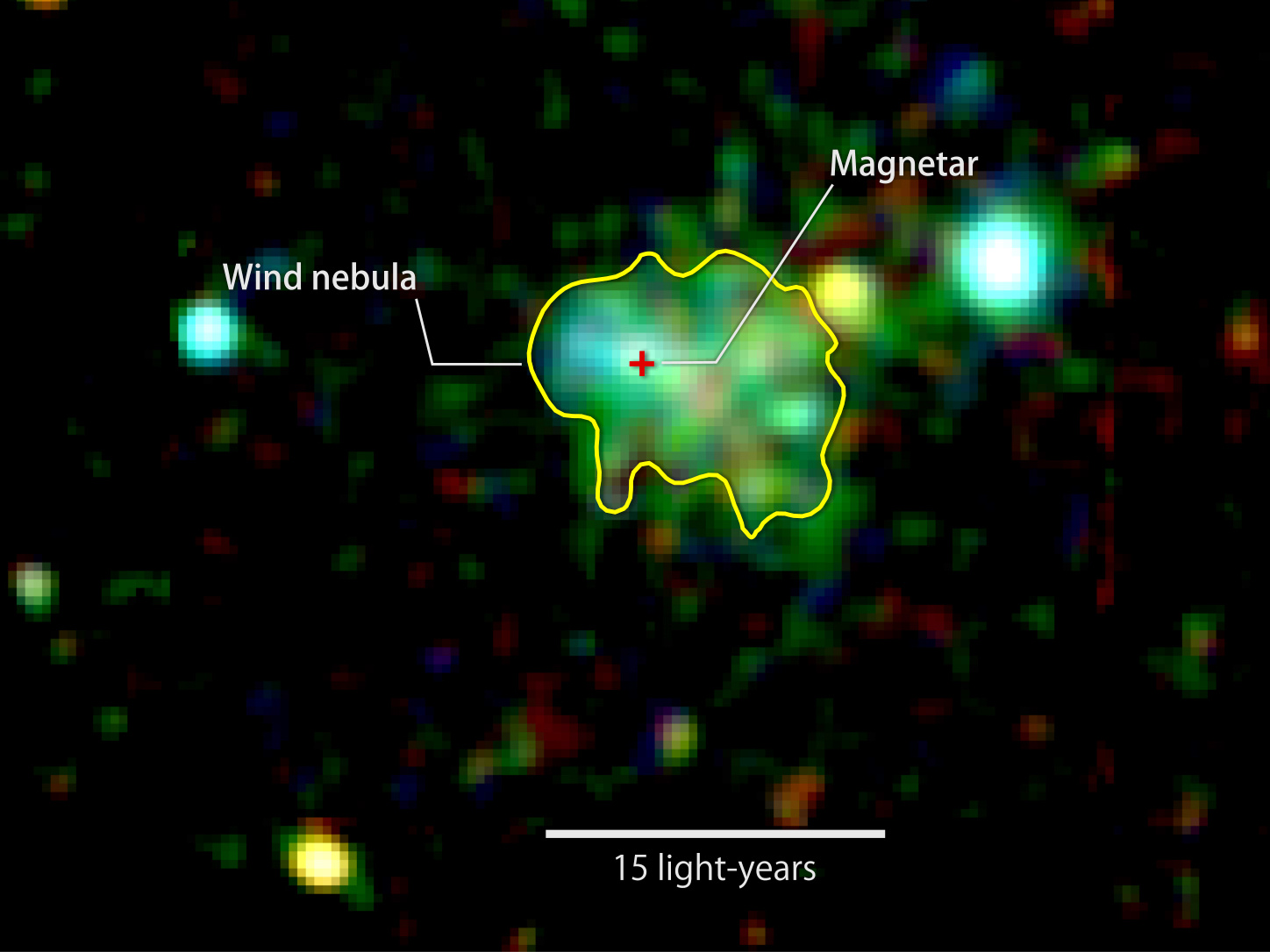
This X-ray image shows extended emission around a source known as Swift J1834.9-0846,
a rare ultra-magnetic neutron star called a magnetar. The glow arises from a cloud of fast-moving particles produced
by the neutron star and corralled around it. Colour indicates X-ray energies, with 2,000-3,000 electron volts (eV) in red,
3,000-4,500 eV in green, and 5,000 to 10,000 eV in blue.
The image combines observations by the European Space Agency’s XMM-Newton spacecraft taken on 16 March and 16 October 2014.
Image credits: ESA/XMM-Newton/Younes et al. 2016.
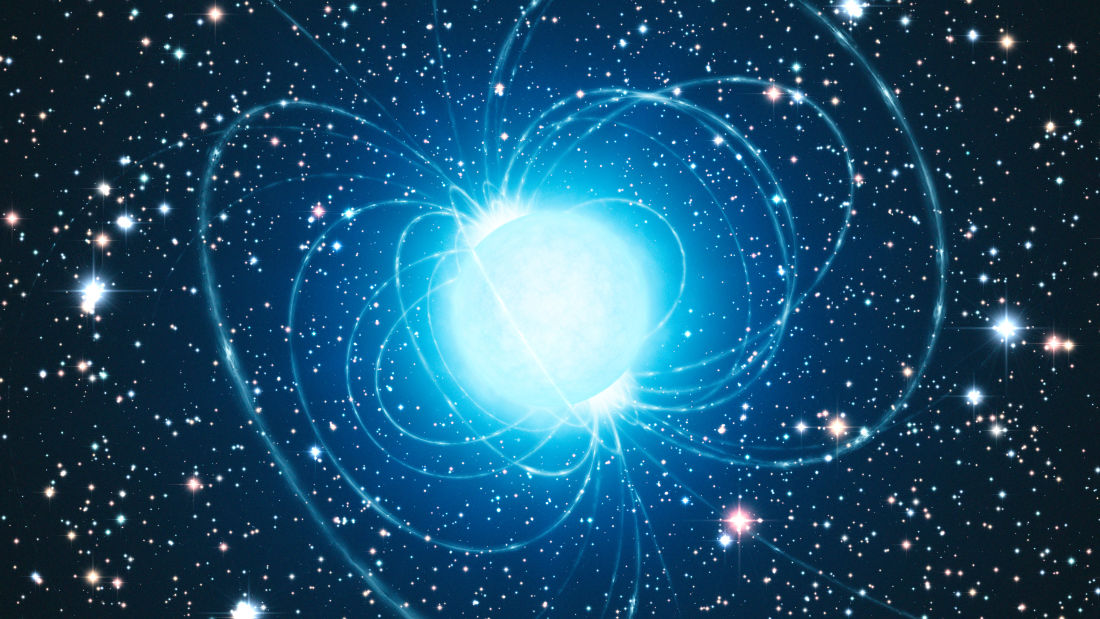
Artist Impression ESO/L CALCACA Take the mass of half a million Earths and compress it down to the size of Manhattan.
If you have taken precaution and survived the energy release from this process, then well done!
You’ve got yourself a neutron star, one of the densest objects in the universe. CREDIT Meet the IFLScience Team Alfredo Carpineti staff writwer
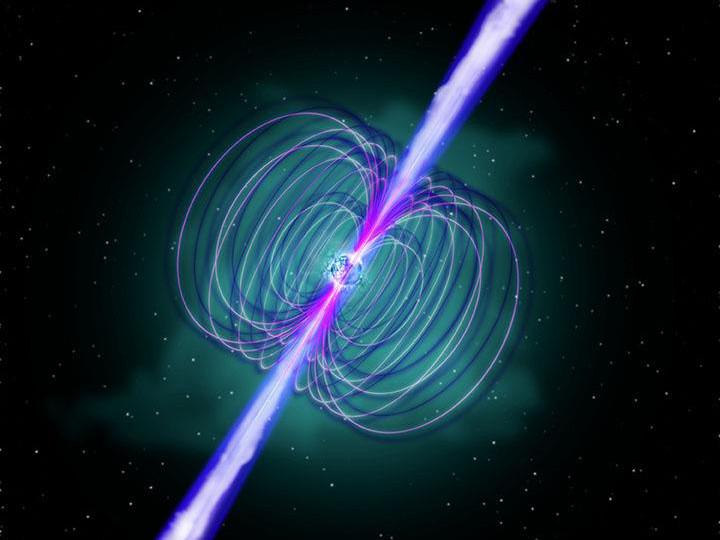
Artist’s impression of a magnetar boosting a super-luminous supernova and gamma-ray burst.
Image credit: Kavli IPMU.
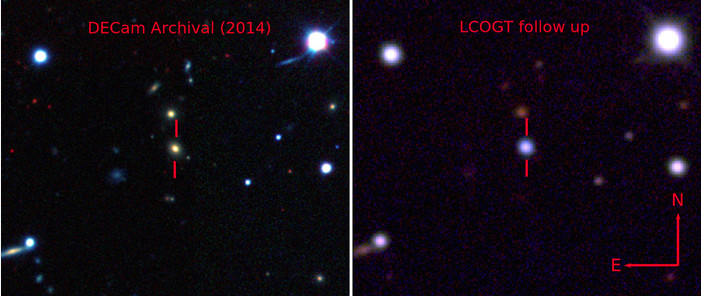
The yellow-orange host galaxy (left) before the supernova, and afterwards (right) when the ASASSN-15lh
supernova’s blue light outshines its host galaxy.
Image credit: The Dark Energy Survey / B. Shappee / ASAS-SN team.
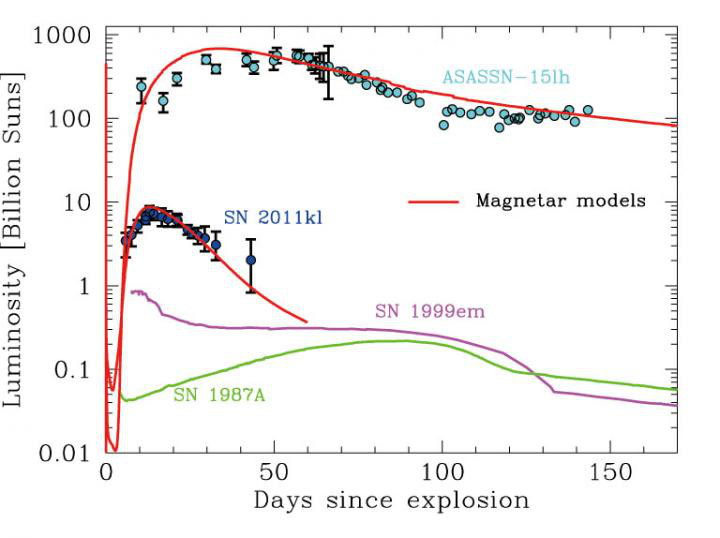
Light curves of ASASSN-15lh and SN 2011kl compared with normal supernovae SN 1999em and SN 1987A.
Image credit: Bersten et al.
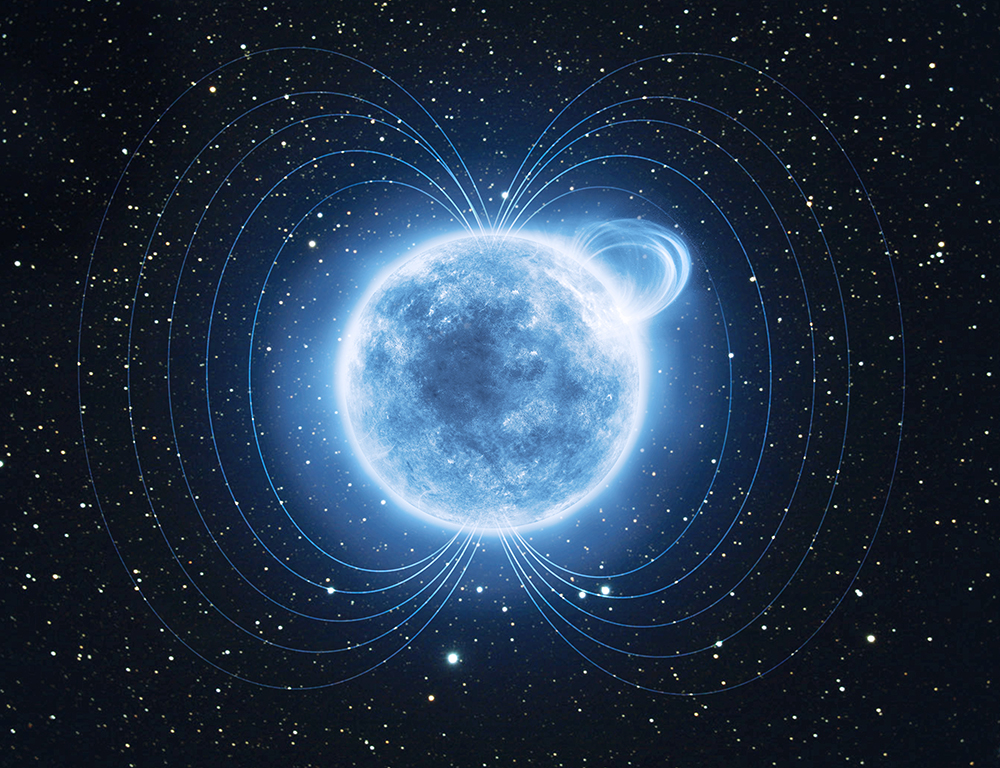
Some neutron stars may end up as ultra-small black holes.
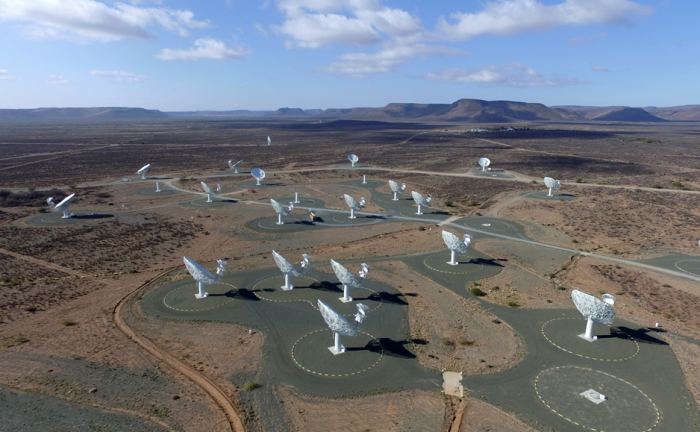
Aerial image of the South African MeerKAT radio telescope, part of the Square Kilometer Array (SKA). Credit: SKA
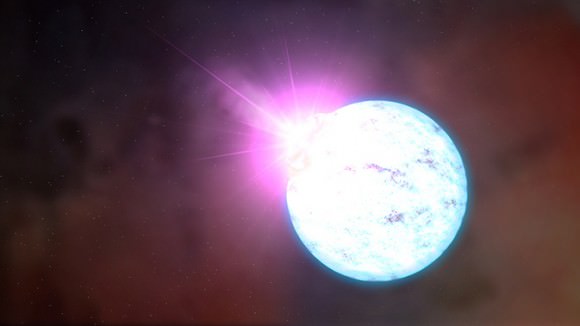
Artist’s rendering of an outburst on an ultra-magnetic neutron star, also called a magnetar. Credit: NASA/Goddard Space Flight Center
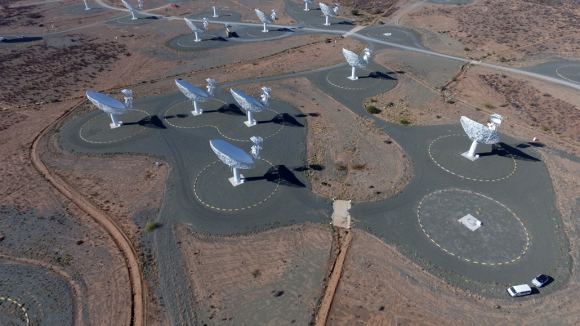
Aerial image of the South African MeerKAT radio telescope in the Karoo, South Africa. Credit: SKA
Published on Aug 9, 2016 Magnetars are neutron stars with massively boosted magnetic fields.
How do this stellar remnants form, and what would happen if you got too close to one? Support us More stories at: Follow us on Twitter: @universetoday Follow us on Tumblr Like us on Facebook Google+ - Instagram - Team: Fraser Cain - @fcain Jason Harmer - @jasoncharmer Chad Weber - weber.chad@gmail.com Created by: Fraser Cain and Jason Harmer Edited by: Chad Weber Music: Left Spine Down - “X-Ray”